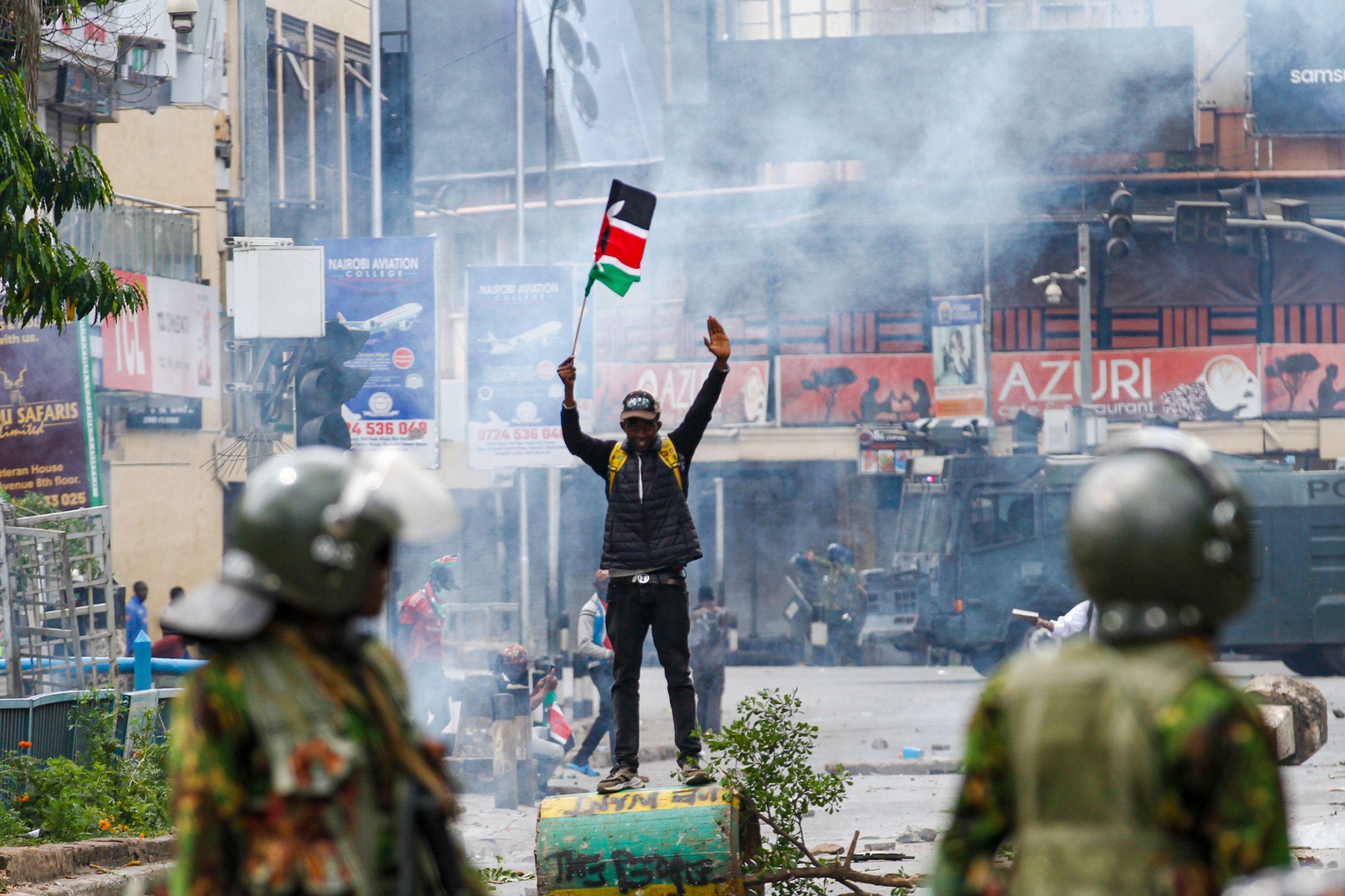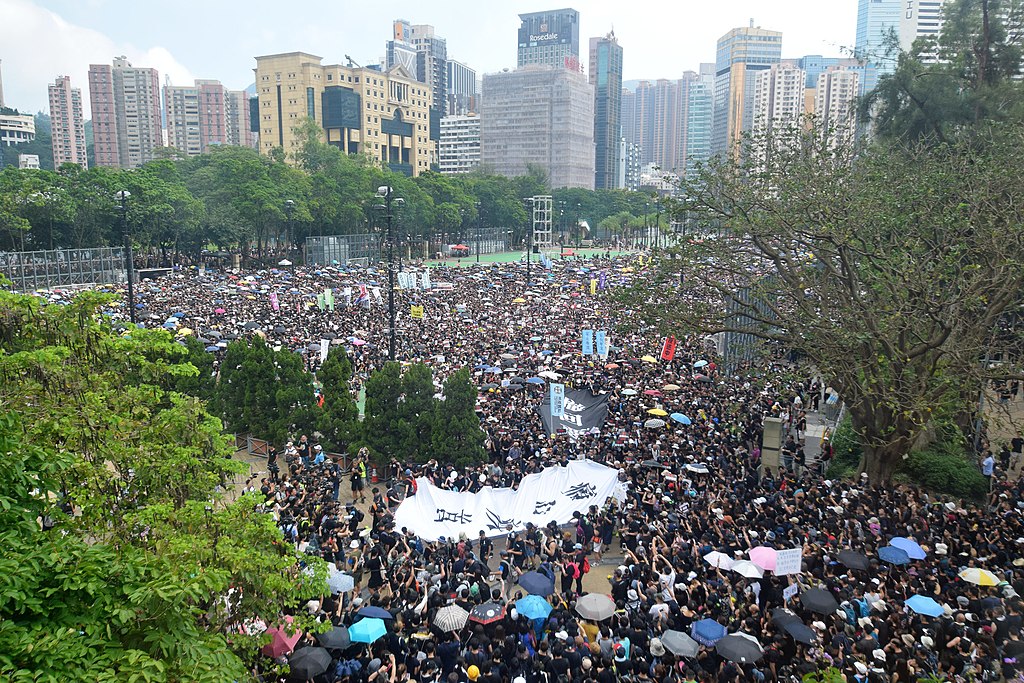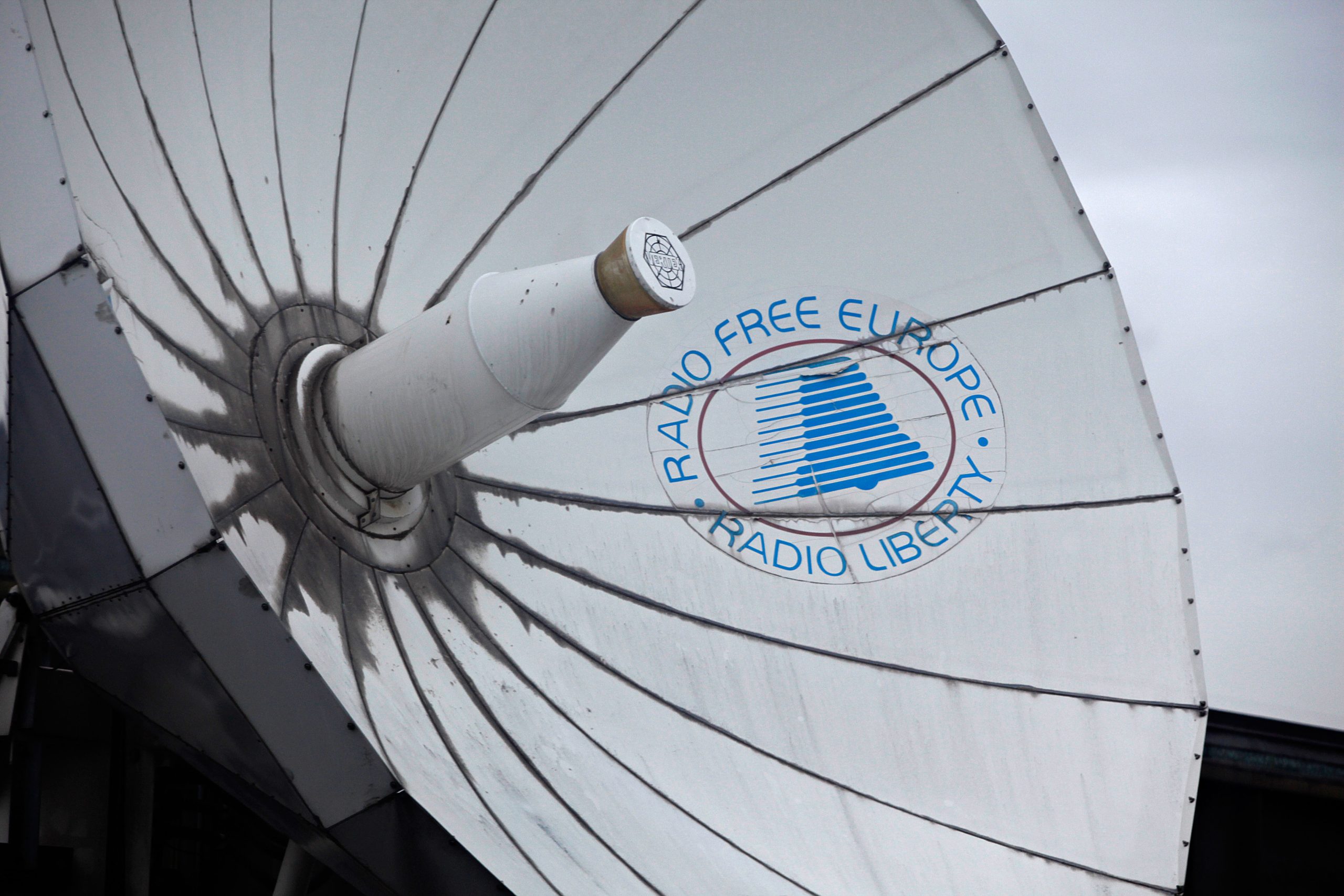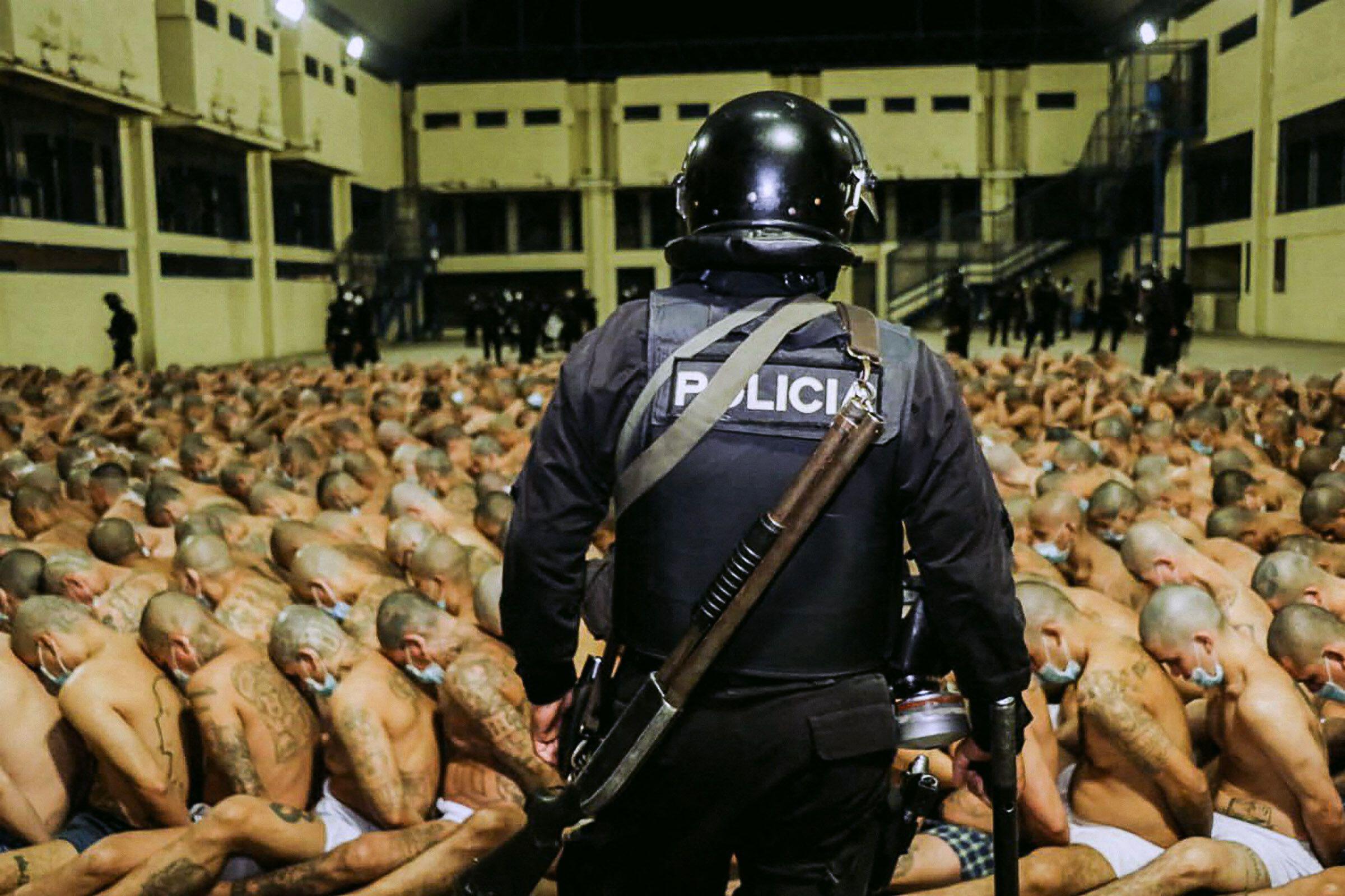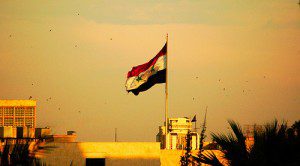 Notes from Syria, SI reports from the nation’s capital
Notes from Syria, SI reports from the nation’s capital
On the morning after Great Friday (22 April), which witnessed protests in cities and towns throughout Syria, Damascus continues to preserve an exterior of calm. For me it is a muted silence. For a Saturday, the streets are unusually quiet in the city centre — not much traffic, and only a few shoppers are to be seen on the commercial al-Hamra Street. But Lina’s, an upscale coffee shop on Abu Rumana Street, is filled with well-off, young and trendy Damascenes smoking arghila and sipping their drinks. Their seeming nonchalance gives no indication that 20-minutes away in Barzeh al-Balad, a lower middle class suburb of Damascus, there are protests and shootings. A bit farther away, in various parts of rural Damascus, there is still more violence.
At Lina’s, I meet up with my young friend Karam who has just been released after 17 days of detention. He was arrested, detained and interrogated about links with foreign news agencies and accused of giving them information on the protests. Karam’s account of his encounters with interrogators — full of humour — reveals a brutal, but dated, and out-of-touch security apparatus.
Karam and I go to briefly visit a prominent civil society activist who lives in one of the outlying neighbourhoods of the city. The veteran activist and writer shares his thoughts on the events with us. In marked contrast to a conciliatory article he wrote a few days earlier, he asserts that the regime has adopted the security approach as the only method it knows. He thinks this approach will fail because ordinary people, particularly the young, have risen in a determined fashion against injustice. The septuagenarian activist is in awe of the youths’ will to die for their freedom, noting the powerful symbolism of protesters in Dar’a marching in white burial shrouds. He does not think that the tide of anger can be stemmed. Like many other observers, he holds the view that the regime has little to offer Syrians. He notes that this is particularly true for the educated youth who suffer high rates of unemployment and continue to rely on their families for subsistence.
On the way back to the city centre, our taxi passes al-Adawi neighbourhood and traverses a wide boulevard where we see buses full of armed men. Many are in civilian clothes. They all carry large arms — “russiyaat” (Russians), they call them here. It is difficult to say who these men are and what units they belong to. We pass fenced green spaces where more of these armed men are sitting around. We speculate in whispered tones on whether they are from the security forces, the popular army, or the shabiha (the armed gangs originally operating in the coastal areas and affiliated with the Al Asad clan). The fact that many of the security men are in civilian clothes makes it difficult to verify the identity of the “armed gangs” that the regime speaks of.
As I contemplate these signs of the further militarisation of city space, I also note the new billboards — part of the regime’s recently launched “citizenship responsibility” campaign. The statements on the billboards carry injunctions and warnings to citizens counselling them about the correct modes of conduct. One billboard reads “I am with the Law” and another “Freedom does not come with chaos but with responsibility”. I sense a real irony in my companion’s voice as he reads the signs out loud.
Meanwhile, our cab driver informs us that just behind al-Adawi, there is a checkpoint and a barricade, and that mini-buses are not allowed to pass through. He says that this is good for security. We remain quiet.

